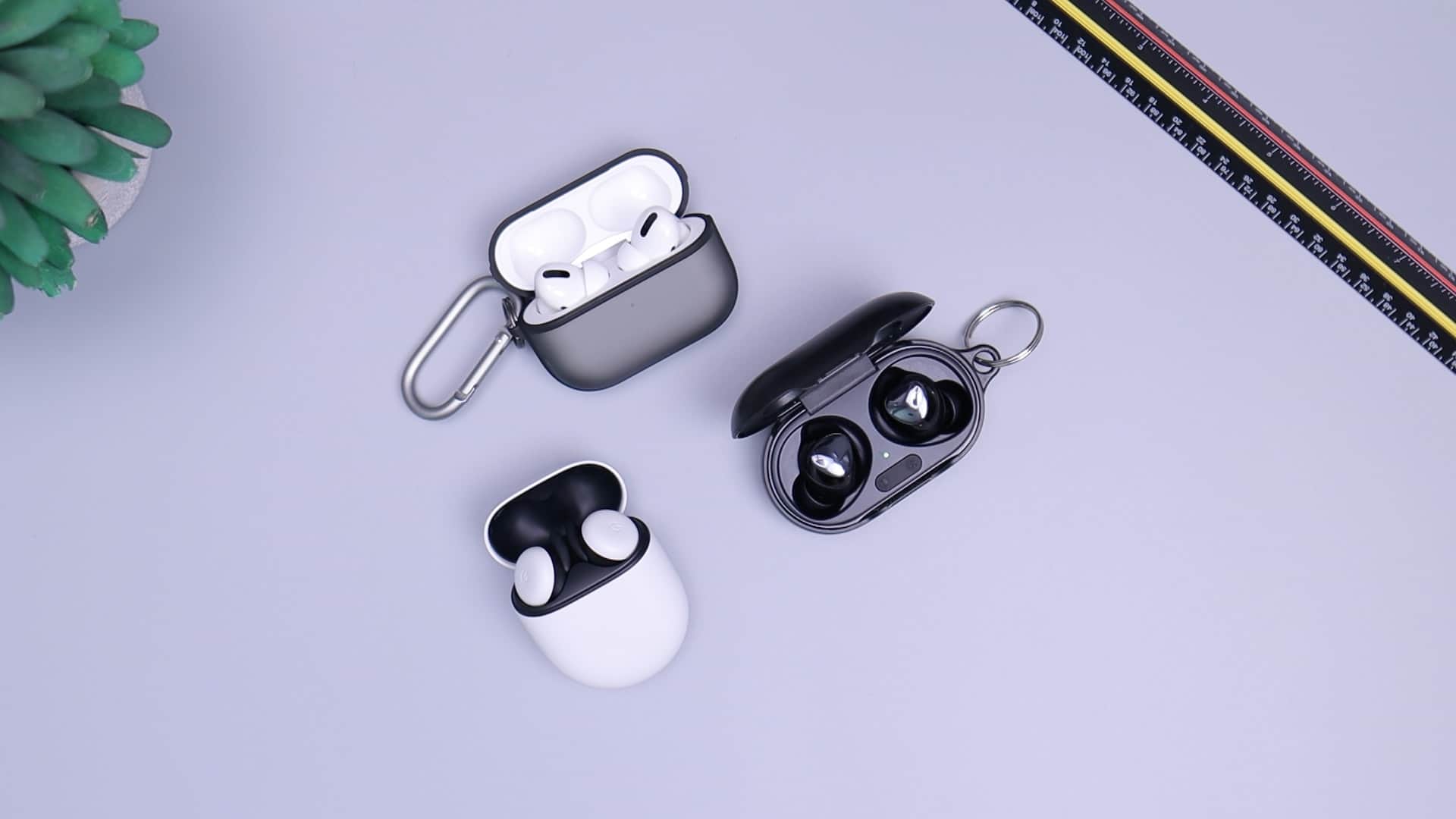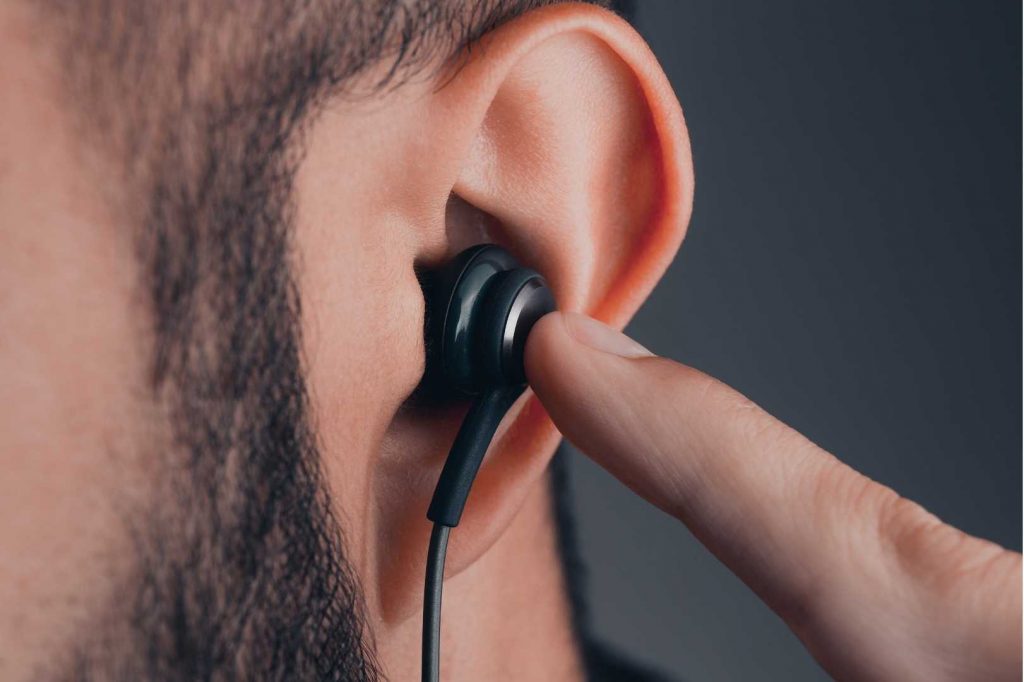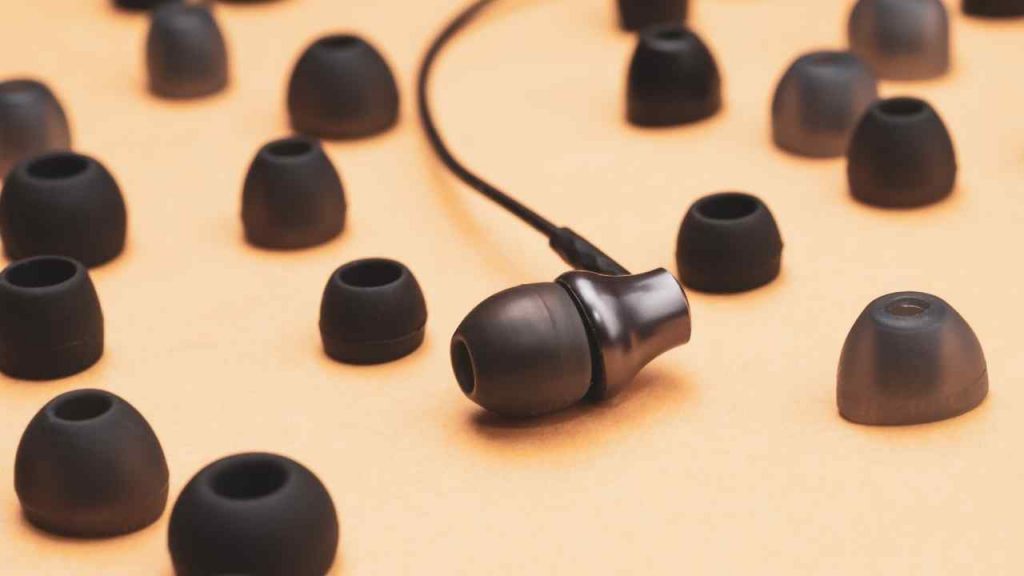Physical Address
304 North Cardinal St.
Dorchester Center, MA 02124


In-ear headphones, more commonly called headphones, are miniature headphones boiled down to two small speakers with cables connecting them in a Y-configuration to a 3.5mm stereo mini-jack at the single tail end. The tiny speakers are encased in capsules small enough to fit inside the outer ear, which gives the in-ear headphones their name. In-ear headphones are commonly used with portable audio devices such as MP3 players, cell phones, and personal digital managers to provide stereophonic sound.
In-ear headphones are an excellent choice if you’re looking for a more personal listening experience. They deliver sound directly to your eardrum, which reduces outside noise and enhances the listening experience. In addition to blocking out noises, some in-ear models also have active noise cancellation technology built right into them. Furthermore, they come with different-sized tips so that they fit comfortably in your ears no matter what shape they are.
In-ear headphones are lightweight, small, and portable. They’re the best option if you want a pair of headphones that you can carry everywhere with you. They don’t fall out of your ears when you’re running, walking, or doing other physical activity, which makes them ideal for outdoor activities. You don’t have to worry about accidentally damaging an expensive set of over-the-ear headphones by sitting on them, putting them down too hard, or throwing them into your bag without careful consideration. In addition, they don’t interfere with your hair or glasses.


They’re also perfect for people who have hearing difficulties as they fit snugly into the auditory canal, amplifying sound while reducing background noise. Moreover, music sounds better through in-ear headphones because of increased bass response and improved sonic clarity due to less interference from outside noises.
Apart from the many advantages the in-ear headphones have, there are some disadvantages as well. For example:
However, we have pointed out some solutions to these problems in the following sections, which might be helpful for you.
In-ear headphones can sound great, but they’re not always easy to use. So it would help if you did some simple things to make sure that you’re getting the best possible listening experience from your earphones, which are as follows:


In-ear headphones are designed to be worn fully inserted into your ear so the squishy tip can form a tight seal with all of the walls. Of course, you must get that proper seal and maintain it at all times (especially when listening to music). Otherwise, the outside noise creeps in, and the sound transfer suffers significantly, especially at low frequencies.
To ensure that your earpieces fit in perfectly, you may follow these simple steps:


Using the proper earphone tips is also essential. Many in-ears come with a few different sizes of tips and various materials like rubber and foam. Start by using the medium size rubber tips to check if they give you a perfect seal. If not, try the smaller-sized ones to see if they work better for your ear canal.
Lastly, if none of the small or mid-sized tips does fit well, use the large-sized tips. However, the large-sized plastic/rubber options should only be used as the last resort since these can cause discomfort over extended periods due to their added weight against sensitive skin inside our ears.
Although many people think that in-ear headphones with silicone tips are the best option, they have many drawbacks. Silicone earbuds may be uncomfortable, hard to wear in place, and can cause infection or irritation when worn too long. It’s also difficult to tell if they have been compromised by water/dirt without taking them off entirely. They also don’t stay put as well compared to other options like foam or rubber buds. This means if you’re doing any physical activity such as jogging on a wet surface, chances are one will fall off eventually.(1)
If you want excellent sound quality and comfort without all these risks associated with in-ear headphones with silicone tips, consider investing in earphones with foam tips instead. They will provide a much better fit than rubber/silicone ones. Moreover, they will also last longer since there won’t be any moisture build-up over time from sweat or water damage. These are also more comfortable to wear for extended periods compared to other options out there.
It’s not easy to know what makes a pair of earbuds worth your money. The number of features and specs is overwhelming, but knowing how they work together will help you pick out the best ones for your needs.
Before buying a set of in-ear headphones, you should check for reviews online to see if the quality is good and the price is right. In addition, it’s also important to consider your budget – how much you can spend on a pair of earphones.
You may want to buy wired or wireless models. Find out which would suit your needs better before making any decisions. For wireless or Bluetooth headphones, consider the battery performance. Explore different types at stores with friends or family members and make sure they sound like something worth spending money on.
Finally, read through customer testimonials where users describe how their headphones perform after purchase so that you have an idea about what kind of service these companies offer when things go wrong (just in case).
In-ear headphones are great because they cut out a lot of the surrounding noise, letting you enjoy your music without having to crank up the volume. Plus, in-ears allow for good sound quality and offer greater portability due to their more compact size and weight. However, it would help if you also kept in mind that wearing them for a long period may lead to discomfort or earaches. So, if comfort is your priority, you should go for on-ear or over-ear headphones.
We’re passionate about music and our recommendations are genuine. If you buy through links on our site, we may earn a small affiliate commission at no extra cost to you.
Additional Audio Resources:
1.If you want to avoid hearing loss from headphones, read our detailed guideline about Prevent Hearing Loss From Headphones
2.Facing buzzing sound in your headphones? See your 5-minute solution to solve it.
References:
1.Is It Safe to Sleep with Earplugs? from https://www.healthline.com/health/sleeping-with-earplugs